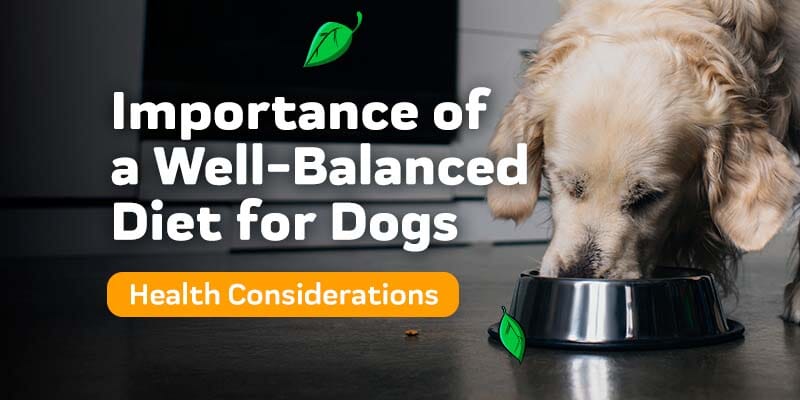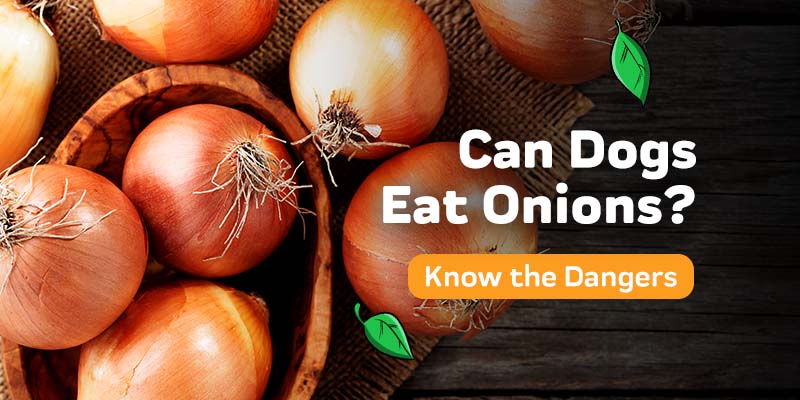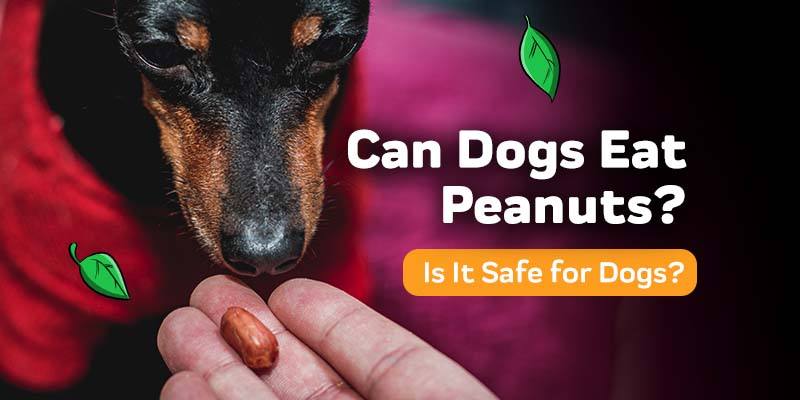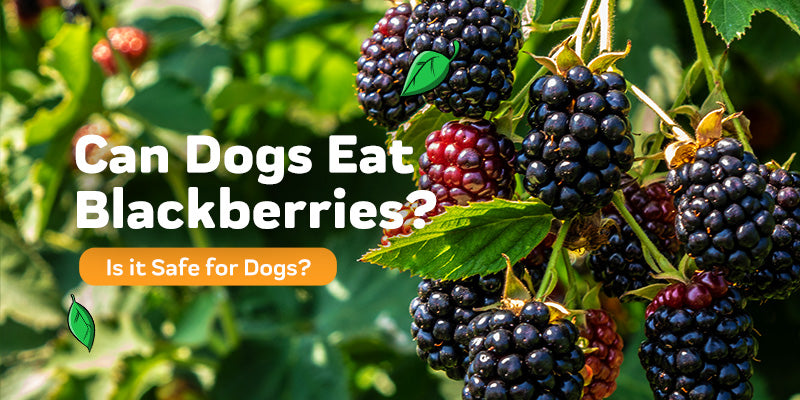
Can my cat eat a banana? Well, bananas are a highly sought-after fruit among human beings, as well as serve as an excellent source of fiber and potassium. But, not all fruit benefits felines in the exact same way. They’re primarily meat-eaters. Cats do not get as many of their nutrients via plant-based food sources. While planning a complete cats and bananas diet strategy for your pet, you still might consider incorporating some fruit and wonder, can cats eat bananas? The answer technically is, “yes.” Banana for cats is not toxic yet they do not offer a lot of nutritional value to them either. Potassium is great for kidney and heart function, but the excessive carbs and sugar may cause cat obesity in some instances. In addition, cats might have a hard time digesting bananas, leading to other health issues. Here in this cats bananas, post-Innovet Pet Products answers the question: can a cat eat a banana?
Can Cats Have Bananas?
 Should Cats Eat Bananas: Fruit Alternatives for Felines
Should Cats Eat Bananas: Fruit Alternatives for Felines
Can a cat eat a banana? Well, occasionally offering your cat pieces of a banana is okay, yet it should not be their routine snack. Another question you should consider other than can felines eat bananas is, will they? Usually, cats like foods such as liver, fish, and cat food from a can. Stick with what is better for their diet and what they’re drawn to most.
Cats process and digest foods differently than human beings or additional animals. Cat eating banana might cause them to experience an upset tummy. It might produce symptoms that include cat vomiting, diarrhea, or lack of appetite. Additional fruits more typically recommended for felines include mango, blueberries, or apples which have been sliced into small bits. All of it depends upon how your pet reacts to these food sources. None of those fruits are harmful; however, they also do not bring as much nutritional value as their routine kitty food. Whenever you introduce new foods of any sort, start off small, and observe all immediate reactions.
It might seem like adding fruit to a diet offers an extra sweet snack for them to enjoy. But the majority of cats are picky eaters and like a tried and true diet routine. Thankfully, there’s a number of cat foods to select from that have a mixture of vitamins and additional essential ingredients that assist in maintaining a feline’s health. The majority of them are available in various flavors and it is possible to pick between wet and dry foods, as well. With so many nutritious feline treats out there, fruit might not be the most appropriate choice for your furry friend.
Can Cats Have Banana - A Cat’s Diet: Consider the Cat’s Age and Activity Level
 One other point you ought to consider as you plan your pet’s diet is age. Younger ones might consume milk or drink another dairy because they have the ability to process it more conveniently than older felines. Kittens require it more for the growth development of their bones and muscles. As felines start to age, their digestive system does not have the ability to break enzymes down, which may lead to stomach problems. The same may be said with any food sources, which include bananas. If your pet loves the fruit, mash small pieces up to make it simpler to digest. Over a period of time, the affinity for the fruit might fade. In general, bananas are higher in sugar and carbs, as compared with other food sources. Cats oftentimes do not get sufficient exercise during the daytime to break down or burn off carbohydrates as human beings would. It may cause conditions like cat digestive issues, obesity, and lethargy, which in and of itself may produce severe health issues. In order to avoid an overweight pet, regulate mealtimes, as well as ask the vet, how much should I give my cat? She will be perfectly satisfied with eating from her dish without additional snacks. If your pet seems to be extremely hungry all of the time, there might be a clinical reason why your pet’s appetite is never satiated. Take note of all changes in eating and diet habits, particularly as your pet ages, and discuss them with your vet. The more you give your pet, the more he will probably eat what is in front of him then not consider when he is full. Consuming more water all throughout the day also may be a remedy for an animal that frequently needs to eat.
One other point you ought to consider as you plan your pet’s diet is age. Younger ones might consume milk or drink another dairy because they have the ability to process it more conveniently than older felines. Kittens require it more for the growth development of their bones and muscles. As felines start to age, their digestive system does not have the ability to break enzymes down, which may lead to stomach problems. The same may be said with any food sources, which include bananas. If your pet loves the fruit, mash small pieces up to make it simpler to digest. Over a period of time, the affinity for the fruit might fade. In general, bananas are higher in sugar and carbs, as compared with other food sources. Cats oftentimes do not get sufficient exercise during the daytime to break down or burn off carbohydrates as human beings would. It may cause conditions like cat digestive issues, obesity, and lethargy, which in and of itself may produce severe health issues. In order to avoid an overweight pet, regulate mealtimes, as well as ask the vet, how much should I give my cat? She will be perfectly satisfied with eating from her dish without additional snacks. If your pet seems to be extremely hungry all of the time, there might be a clinical reason why your pet’s appetite is never satiated. Take note of all changes in eating and diet habits, particularly as your pet ages, and discuss them with your vet. The more you give your pet, the more he will probably eat what is in front of him then not consider when he is full. Consuming more water all throughout the day also may be a remedy for an animal that frequently needs to eat.
Human beings are lucky to have a number of foods to pick from; there essentially is a diet fad or plan for everyone. For felines, it is much simpler. A feline food that has nutrients and vitamins specially formulated for cats works just fine. Every cat has its own unique preference as it’ll come to food. Unless your pet suffers from a vitamin deficiency or is diagnosed with a health condition, get the type of food brand he enjoys the most.
Can Cats Eat Bananas: Finding the Proper Foods for Your Pet
Tailor your pet’s diet plan by what he needs. It might change over a period of time as he grows older, develops specific health conditions, or changes preferences in food. Bananas are not going to significantly alter his diet, yet in some instances, there are better options for nutrition.
Approve all whole foods with your vet before you feed to your cat. While selecting cat foods, browse brands with real ingredients and an excellent mix of the vitamins a feline needs. Read cats eating banana reviews from additional cat owners to discover what worked better for different cat breeds at various life stages. Lastly, take into account all special dietary needs your pet has. Besides healthy development and growth, does your cat suffer from cat anxiety, feline arthritis, or any general aging problems? At the end of the day, felines feel healthier when they’re given the proper foods. For more questions on feline nutrition, visit our blog, or speak with a vet on do cats eat bananas right away.
How Much to Feed your Cat?
It may be a challenge to discover the proper answer to critical questions that surround your pet, which includes how often, as well as how much to feed him. If you’ve asked yourself, “How much to feed my pet?” or “How frequently should I feed the cat?” you’re far from alone. These are some common questions to have as the proper answer isn’t an easy one. There isn’t a simple calculation to do to figure out how much food to give your pet because there are many different variables affecting how much food he must be ingesting to have a balanced and healthy diet.
Some factors which will impact how often and how much your pet should consume during the day are his breed, age, metabolic rate, weight, the amount of exercise she receives every day, and her environment. Besides all those factors, every food has different caloric values and ingredients, further complicating the procedure. In order to assist you in determining how much you ought to feed the cat and how frequently you ought to feed him, here is a breakdown that will assist you in finding the proper solution for your pet.
Determining How Much to Give Your Cat?
 Oftentimes those feeding guides are going to break down how much food your pet should consume in a 24-hour period based upon their weight. Remember that those figures may be inherently unreliable as they’re solely based upon weight and don’t take into account the other environmental, genetic, as well as lifestyle factors at play. Despite that, the feeding guide upon the cat’s food may be a useful starting point in determining how much to give your feline. Below is a feeding guide sample you might find on feline food: Because there isn’t any easy way to determine how much food to give your cat, it may be challenging as a cat owner to make an educated decision that will help him be healthy and obtain the nutrients needed. This procedure is complicated while including the many diverse variants at play, and the special differences between every cat. Figuring out the proper quantity of food to feed the cat will require a little trial and error before getting it right, yet the best place to begin is with the feeding guide on the food your pet will be ingesting.
Oftentimes those feeding guides are going to break down how much food your pet should consume in a 24-hour period based upon their weight. Remember that those figures may be inherently unreliable as they’re solely based upon weight and don’t take into account the other environmental, genetic, as well as lifestyle factors at play. Despite that, the feeding guide upon the cat’s food may be a useful starting point in determining how much to give your feline. Below is a feeding guide sample you might find on feline food: Because there isn’t any easy way to determine how much food to give your cat, it may be challenging as a cat owner to make an educated decision that will help him be healthy and obtain the nutrients needed. This procedure is complicated while including the many diverse variants at play, and the special differences between every cat. Figuring out the proper quantity of food to feed the cat will require a little trial and error before getting it right, yet the best place to begin is with the feeding guide on the food your pet will be ingesting.
The quantities of food listed above are the total quantity suggested for your feline to ingest over a period of 24 hours. That means that if you’re doing several feedings all throughout the day, that quantity is going to have to be adjusted accordingly for every feeding. While the above feeding guide on your pet’s food is a helpful place to begin, to make an accurate deduction on how much food your pet ought to be consuming, it’s necessary to assess the other factors which also will impact how much food is needed. Some of the most critical factors to take into consideration are activity level, breed, age, as well as the kind of food they’re consuming. Below we list an outline of each of those components and how they may impact the quantity of food your pet will require on a daily basis.
Age
Age is among the most vital factors to assess while determining how much food your pet requires each day. As a feline grows older, their metabolism significantly changes. As a cat is born, their body burns through food as it grows into its form of being an adult cat. As he reaches adulthood, his metabolism often will considerably slow down since they’re no longer growing. As a feline grows older, their metabolism often will continuously slow down.
Bearing that in mind, young cats, as well as kittens will need more food every day than an elderly or adult cat for them to receive the nutrients needed. As a cat age, it’s common for pet owners to have to gradually decrease the quantity of food they’re giving their cat on a daily basis to ensure that they don’t gain excessive weight and develop cat obesity. If the quantity of food your kitty is ingesting equals what they’re burning on a daily basis, they’ll sustain their weight. In older felines, their metabolism slows down, burning fewer calories, which is the reason why their food has to be accordingly adjusted. It’s helpful to speak with a licensed vet about your feline to aid in determining the correct quantity of food for them to consume on a daily basis.
Breed
One other variable to think about while figuring out how much food to give your cat is their breed. Different cat breeds are predisposed to have greater energy levels and therefore burn more calories than the more sedentary counterparts. Additionally, some cat breeds might be genetically predisposed to develop specific clinical conditions over the span of their lifetime, which ought to be taken into account when discovering the proper quantity of food to give on a daily basis.
Activity Level
One significant factor to assess while calculating how much food they’ll need is the quantity of exercise your kitty receives upon a daily basis. As aforementioned, the quantity of calories your pet eats has to equal the number of calories they’re burning on a daily basis for them to sustain their weight. If your pet lives an active life in which he gets consistent exercise, then he’ll require more food on a daily basis than a cat that sleeps and interacts in a minimal quantity of activity. If a feline is performing a minimal quantity of activity on a daily basis, their food likely will have to be reduced accordingly in order to avoid gaining excessive weight.
Locating the proper quantity of food to give your pet based upon the quantity of exercise he performs will take about with trial and error. In order to observe your pet’s weight, adjust his food to the quantity you believe he needs to be based upon his breed, age, level of activity, and weight. From that point, weigh your pet every week and check if he’s sustaining his weight. If he starts losing weight, then he’ll require the amount of food he’s getting to be increased. If he starts gaining weight, you’ll have to reduce the amount of food he’s getting in order to prevent excessive weight gain. As you’ve found out the proper amount of food required to sustain his weight, you’ll need to intermittently check to ensure your pet’s weight is holding consistent as he grows older and additional lifestyle factors shift.
Kind of Food
Another variable you should take into account is the specific kind of food you’re giving the cat. Each food is manufactured using a variety of ingredients that change its nutritional profile. It’s vital that your pet receives the proper balance of carbs, fats, and proteins needed on a daily basis for him to sustain optimum health. Whether you’re giving your cat wet or dry food, it’s imperative that you browse the ingredient list and ensure that you’re giving your cat nutritionally dense, high-quality food that is going to support healthy bodily functions.
Determining How Frequently to Feed Your Pet
Besides determining how much you need to give your pet you also must determine how frequently you’ll feed your pet. Most pet owners will feed their furry friends two times each day, splitting the day-to-day quantity of food into halves. But there are several different approaches it is possible to take to feeding your pet. In the next paragraph, we’ll go over two typical ways to feed your cat.
Allowing Your Cat to Decide
One common feeding schedule for a cat is at any time he or she wants. It’s achieved by leaving food out all night and day, as well as enabling him to dictate how much and when he eats. This feeding routine is based upon the concept that a cat only will consume the amount needed and take the initiative to feed himself whenever he gets hungry. It’ll eliminate the necessity for scheduled feedings and instead puts the decision on your cat. This kind of feeding routine is an excellent fit for a feline that’s at a healthy weight and has a high activity level every day.
But this feeding routine may be a problem for some cats. Some might consume more food than they require if they frequently have accessibility to an unlimited food supply, which is going to lead to weight gain and subsequent problems with health. One other possible problem is that for this feeding routine to work, you have to leave food out for the cat all of the time, which may attract raccoons, rodents, or insects.
Portion Controlled, Scheduled Feedings
A different approach to feeding a cat includes feeding the cat at set times all throughout the day with an established quantity of food. The number of feedings may vary based upon your individual routine anywhere from 1 - 3 feedings a day.
Sources:
12 Human Food That Are Safe For Your Cat To EatCan Cats Eat Bananas? Or Are They Dangerous?
Can Cats Eat Bananas? Is It Safe?
Can Cats Eat Bananas?
Can Cats Eat Bananas?

Thanks for stopping by!
P.S. We Love You!
Sincerely,
The Innovet Team
Please do not ask for emergency or specific medical questions about your pets in the comments. Innovet Pet Products is unable to provide you with specific medical advice or counseling. A detailed physical exam, patient history, and an established veterinarian are required to provide specific medical advice. If you are worried that your pet requires emergency attention or if you have specific medical questions related to your pet’s current or chronic health conditions, please contact or visit your local/preferred veterinarian, an animal-specific poison control hotline, or your local emergency veterinary care center.
Please share your experiences and stories, your opinions and feedback about this blog, or what you've learned that you'd like to share with others.











 Should Cats Eat Bananas: Fruit Alternatives for Felines
Should Cats Eat Bananas: Fruit Alternatives for Felines





